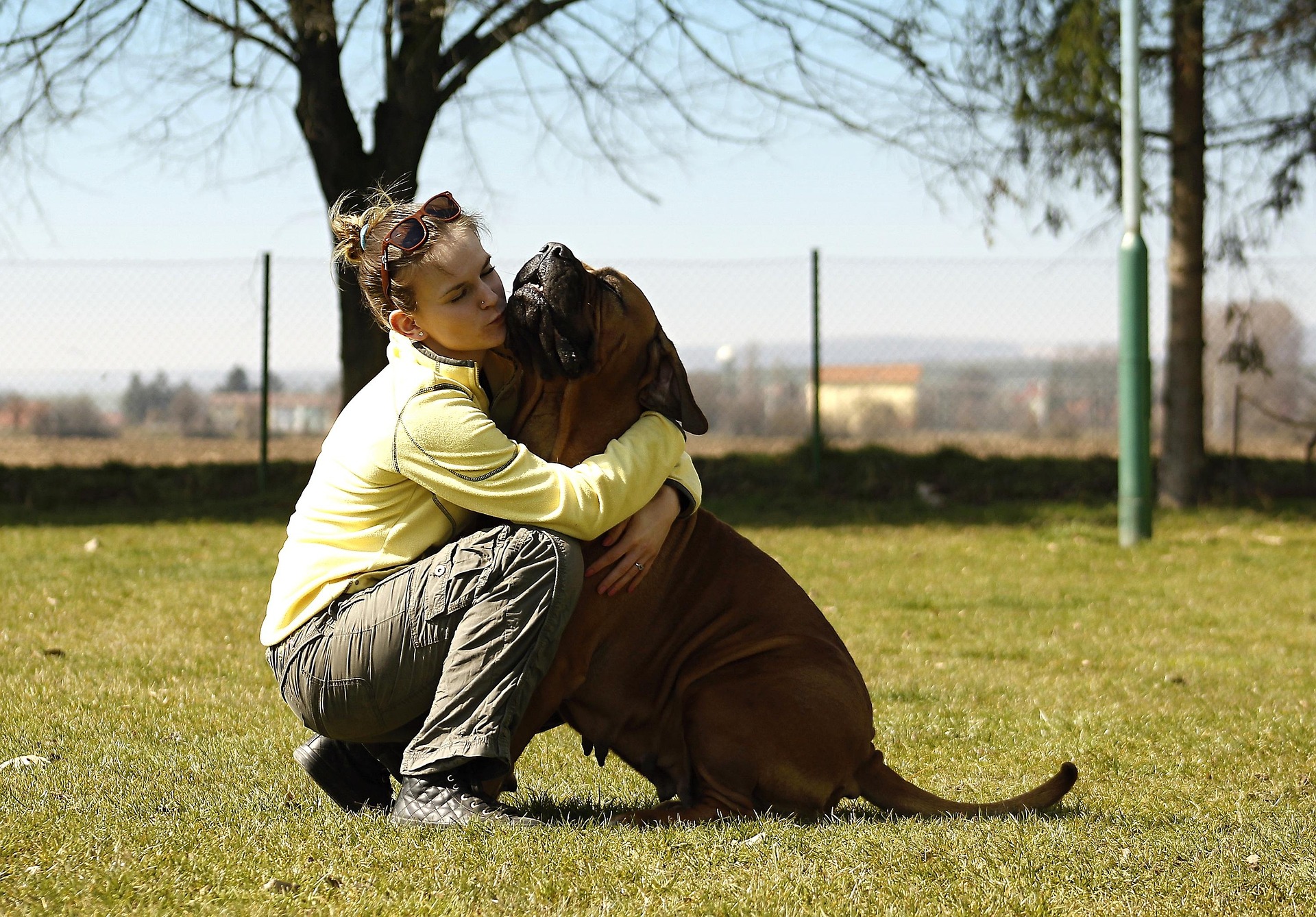Spondylosis in dogs is a chronic condition in which bone spurs form on the spine due to progressive disk degeneration. It can result in a dog with back pain and discomfort, along with other problems.
The rate and type of the disk degeneration will determine the severity of Spondylosis forming in your dog. This condition can range from imperceptible to debilitating.
Symptoms of Spondylosis
Most dogs with mild spondylosis will have no symptoms. Symptoms of more severe spondylosis may include:
- dog with back pain
- lameness
- muscle atrophy (wasting away)
- neurological problems
Spondylosis is known to be particularly common in certain breeds, such as Boxer Dogs.
How is Spondylosis Diagnosed?
The veterinarian will probably X-Ray your dog if Spondylosis is suspected. However, in order to rule out other conditions-like osteochondrosis, osteoarthritis and spondylitis (inflammation of the vertebrae caused by trauma or infection), your vet will likely perform other tests.
These will probably include the following:
- myelogram, which detects compression of the spine
- force plate analysis, which measures weight tolerance in evaluating lameness
- joint fluid analysis, which helps distinguish between degenerative diseases (like Spondylosis) and infectious ones
A Case to Share
Our patient “Turbo”, a 9 year old miniature pinscher, was presented for lameness in both front and back left legs, pet however did not appear to be painful when touched.
Eating, drinking, urination and bowel movements were normal. Pet was mostly normal up until the day before consultation, except for occasional stiffness while walking for the past few months.
Blood sample was taken and sent to lab for routine blood work and X-Rays of spine were taken and showed Spondylosis of L2-3, L3-4 and L4-5 vertebrae. Spondylosis is a sign of arthritis of the spine and the owner opted for medical treatment.
As a treatment, IV catheter was placed and fluid therapy began with intravenous antibiotics and pain control medication – no neurological changes were noted at evening evaluation.
Next morning evaluation showed improvement in all limbs but neurological deficits were persistent.
IV therapy was continued with intravenous medication, and the pet was scheduled to go home later that evening. Eating, drinking, urination and bowel movements stayed normal.
Pet was sent home on anti-inflammatory/ pain medication and antibiotics and was scheduled for re-check evaluation in next 4-5 days or sooner if needed.
In the two-week follow up, via telephone, dog was stable as per the owner and it was discussed by the veterinarian that “Turbo” would need long term management for arthritis in the form of glucosamine and pain killers.
Creative Commons Attribution: Permission is granted to repost this article in its entirety with credit to Hastings Veterinary Hospital and a clickable link back to this page.
Image credit: Pixabay






